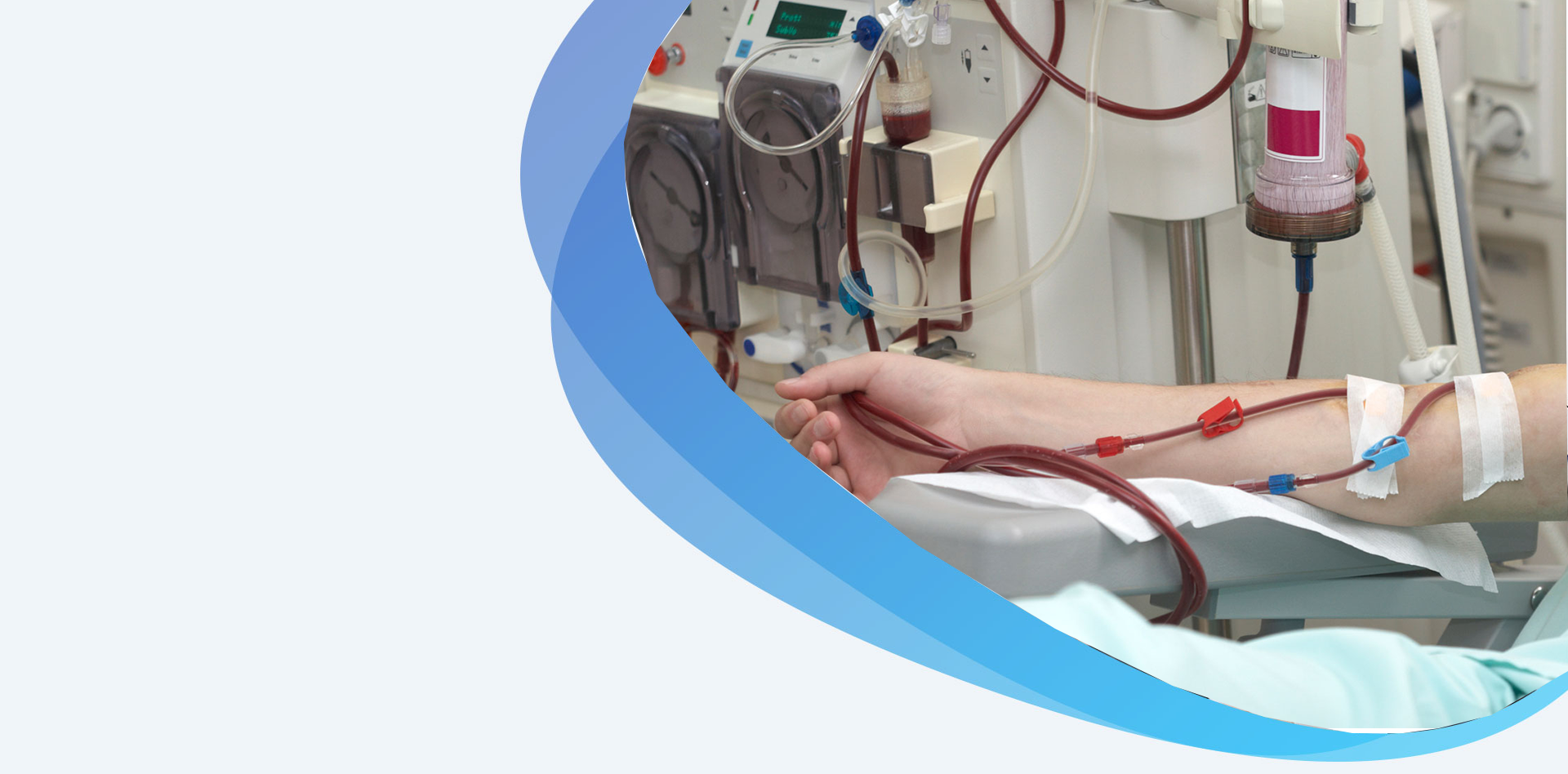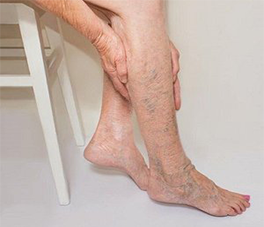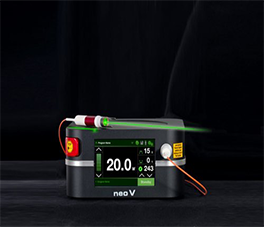Treatment-Dialysis Access


If your kidneys fail, unless and until you have a successful kidney transplant, you will need dialysis therapy to clean and filter your blood. The first step is establishing dialysis access one of four ways:
A tunneled catheter in your neck—temporary, because the possibility of infection is high.
An AV fistula—taking a piece of a vein from your arm or leg and sewing it into a nearby artery, and allowing the sewn-in vein to enlarge and become thicker, like an artery. Considered the best option because it has the lowest risk of infection.
An AV graft—the sewing of a prosthetic graft between an artery and vein in your arm or leg. The preferred option if your veins are too small for an AV fistula. AV grafts tend to close more quickly and are more prone to infection because they are not formed from natural tissue.
Peritoneal dialysis—placement of a small tube, called a cannula, in your abdomen to allow the use of the lining of the abdomen (peritoneum) to filter your blood. It requires several “exchanges” every day: you introduce and remove fluid through the tube. A convenient option because you perform the dialysis therapy at home, but infections sometimes occur and the tube can become clogged.
When your kidneys fail, your body is unable to clean and filter your blood. Electrolyte levels, such as potassium and phosphorous, can become dangerously high. When kidney function falls below a certain threshold dialysis is needed.
If it appears that dialysis will be needed in the future, it’s time to establish dialysis access, ideally with one of the three permanent methods described above (option 2, 3 or 4).
Here are the steps for creating an AV fistula or AV graft (the most common procedures), usually involving your non-dominant arm:
 ASSESSMENT
ASSESSMENT A variety of anesthesia techniques can be used:
 PROCEDURE
PROCEDURE 
BLEEDING is the most common complication. Generally, this is noticed and taken care of before you go home.
CONTACT YOUR DIALYSIS ACCESS SURGEON IMMEDIATELY IF...
SLIGHT COOLNESS in the affected hand or leg is common. This happens because some of the blood that was supplying the hand or leg is being redirected. Squeezing an old tennis ball or racquetball in your hand can help your body re-adjust.
VIBRATION CHANGES OR PULSATION When you place your hand over the fistula or graft, you should feel a vibration. If the vibration stops or becomes a pulsation, contact your dialysis access surgeon as the change may indicate that the access has narrowed.

You will be asked to avoid having blood drawn from veins in the selected arm or leg. This is sometimes referred to as “preserving the veins.”
Fast (no food or drink) for 8 hours prior to the procedure, unless your operating team directs otherwise.
At the hospital, you may be asked to wear a “no IV access” band on the unaffected arm or leg.
